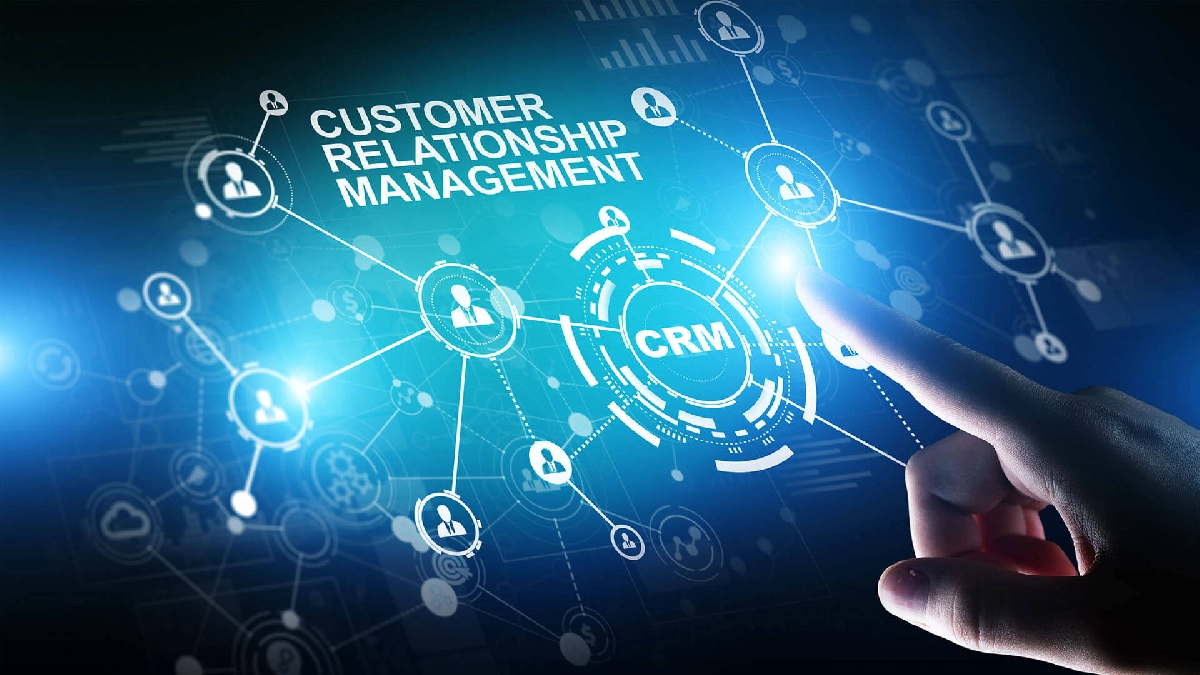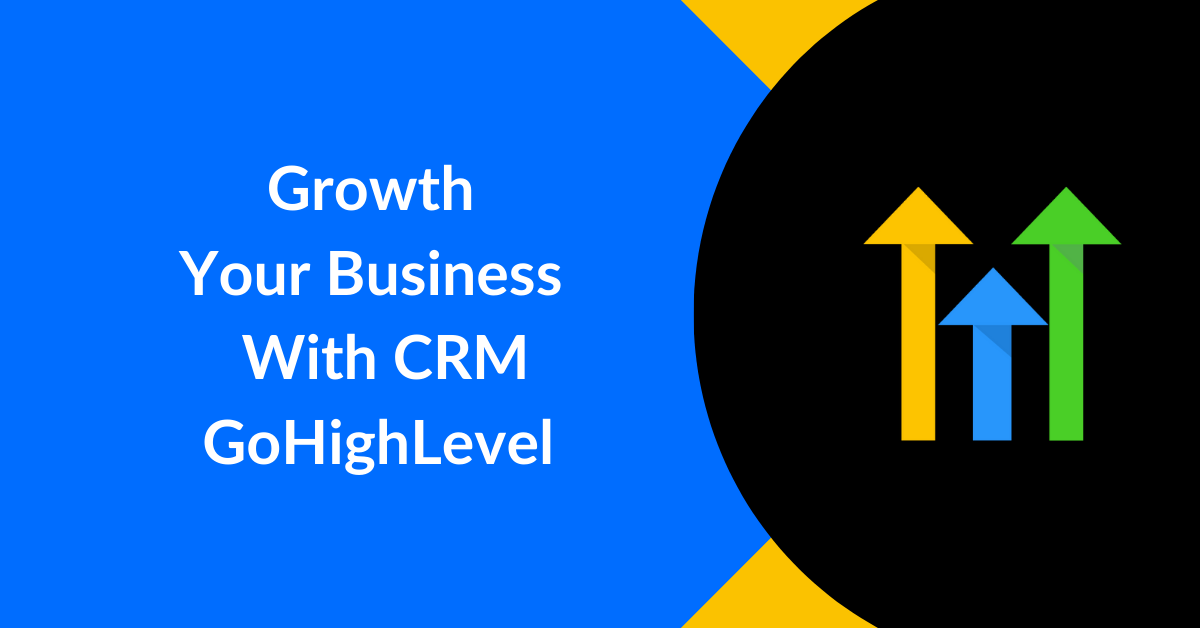As we progress into 2025, the landscape of customer management is dynamically evolving. Companies that aspire to stay ahead are increasingly investing in robust tools like GoHighLevel (GHL) and sophisticated CRM analytics. This post delves into how these technologies are transforming customer interactions and management strategies, with a special focus on how Hireva is at the forefront of this revolution.
GHL
GoHighLevel is an all-in-one marketing and business automation platform designed to streamline and enhance various aspects of a business’s operations. It offers a wide range of tools and features to help businesses manage customer relationships, automate marketing campaigns, streamline sales processes, and improve overall efficiency. Some of its key features include CRM (Customer Relationship Management), email marketing, SMS marketing, funnel building, website building, appointment scheduling, and more. Essentially, GoHighLevel aims to provide businesses with a comprehensive solution for managing and growing their operations effectively.
CRM
CRM stands for Customer Relationship Management. It refers to a strategy, process, or technology used by businesses to manage and analyze interactions with their customers and potential customers. The goal of CRM is to improve customer relationships, enhance customer retention, and drive sales growth. CRM systems typically include tools for managing customer contact information, tracking interactions across various channels (such as email, phone calls, social media, and in-person meetings), and analyzing customer data to gain insights into behavior and preferences. By centralizing customer information and facilitating communication and collaboration within the organization, CRM helps businesses provide better customer service,ghl bd calculator, personalize marketing efforts, and ultimately increase profitability.
GHL Integration
GoHighLevel is a comprehensive marketing and business management platform that offers a wide range of features including CRM, marketing automation, sales funnels, website builder, appointment scheduling, and more. Integrating GoHighLevel with other tools and platforms can enhance its functionality and streamline workflows.
Customer Management with GHL 2024 & 2025

In 2024 & 2025, Hireva GoHighLevel (GHL) continues to be a leading platform for customer management, offering an array of robust features to streamline and optimize interactions with customers. Here’s how businesses are leveraging GHL for customer management in 2024 & 2025:
- CRM Integration: GHL provides a powerful CRM system that allows businesses to store and manage customer information in one centralized location. This includes contact details, interaction history, purchase behavior, and more. such as Crm use 2024 & 2025, GoHighLevel (GHL),GHL Integrations,Crm use 2025, ghl use 2025, crm use 2024.
- Automated Communication: With GHL, businesses can automate communication with customers through various channels such as email, SMS, and even chatbots. Automated messages can be personalized based on customer data and behavior, ensuring relevant and timely communication.
- Sales Funnel Optimization: GHL offers tools for building and optimizing sales funnels, allowing businesses to guide prospects through the customer journey more effectively. By tracking customer interactions within the funnel, businesses can identify areas for improvement and increase conversion rates.
- Appointment Scheduling: GHL’s appointment scheduling feature enables businesses to manage appointments and bookings seamlessly. Customers can schedule appointments online, and businesses can send automated reminders to reduce no-shows.
- Customer Segmentation: GHL allows businesses to segment their customer base based on various criteria such as demographics, purchase history, and engagement level. This enables targeted marketing campaigns and personalized communication tailored to specific customer segments.
- Feedback Collection: GHL facilitates the collection of feedback from customers through surveys and reviews. Businesses can use this feedback to improve products, services, and overall customer experience.
- Analytics and Reporting: GHL provides robust analytics and reporting capabilities, allowing businesses to track key metrics such as customer acquisition cost, customer lifetime value, and conversion rates. This data-driven approach helps businesses make informed decisions and optimize their customer management strategies.
CRM analytics

Hireva CRM analytics refers to the process of analyzing customer data collected through Customer Relationship Management (CRM) systems to derive insights and make data-driven decisions. CRM systems store a wealth of information about customer interactions, preferences, purchases, and behaviors, which can be analyzed to understand customer needs, improve marketing strategies, enhance sales performance, and optimize customer service.
Here are some key aspects of CRM analytics:
- Customer Segmentation: Analyzing customer data to group customers based on shared characteristics such as demographics, purchasing behavior, or engagement level. This segmentation allows businesses to tailor their marketing messages and offerings to specific customer segments, improving relevance and effectiveness.
- Predictive Analytics: Using historical customer data to predict future behaviors, such as likelihood to purchase, churn, or respond to marketing campaigns. Predictive analytics models can help businesses anticipate customer needs and take proactive measures to retain customers and maximize revenue.
- Sales Analytics: Analyzing sales data to track performance metrics such as sales revenue, conversion rates, and sales pipeline velocity. Sales analytics can provide insights into sales team performance, identify opportunities for improvement, and optimize sales processes.
- Marketing Analytics: Analyzing marketing data to evaluate the effectiveness of marketing campaigns, channels, and messaging. By measuring key metrics such as conversion rates, customer acquisition cost, and return on investment (ROI), businesses can optimize their marketing efforts to attract and retain customers more efficiently.
- Customer Lifetime Value (CLV) Analysis: Calculating the predicted value of a customer over the entire duration of their relationship with the business. CLV analysis helps businesses prioritize customer acquisition and retention efforts by focusing on high-value customers who contribute the most to long-term revenue.
- Customer Satisfaction and Sentiment Analysis: Analyzing customer feedback data from various sources such as surveys, social media, and customer support interactions to gauge customer satisfaction and sentiment. This analysis helps businesses identify areas for improvement and address customer concerns proactively https://hireva.co/.







